The Pocophone F1, which was released two years ago, was a pleasant surprise. Not only did a new name enter the Android scene – under the protection of Xiaomi – but we also found a terminal that offered one of the processors of the moment and exciting features at a reasonably adjusted price.
Since then, and although we had to wait almost two years to see it, the new “POCO” has joined the catalog of the Chinese firm. Today we will talk about the last of them, the POCO X3, which arrives to compete in the authentic Roman arena that costs 200 euros. It will have to face companies like realme, curiously also Xiaomi itself …
It is enough to look at the price and specifications of the Chinese terminal to understand that we may be facing one of the most recommended purchases of this final part of the year. However, and as we have repeated countless times, numbers are not everything.
I have used the POCO X3 as a personal device during the last few days, and I am here to tell you what I think. If you are looking for a terminal around 200 euros, you will hear a lot about the Chinese smartphone.
POCO X3, all the information
| LITTLE X3 | |
| specs | |
| Dimensions | 165,3 x 76,8 x 9,4 mm 215 grams |
| Screen | 6.67 inch IPS LCD 120Hz refresh rate and 240Hz sample rate HDR10 Widevine L1 |
| Resolution | Full HD+ |
| Processor | Qualcomm Snapdragon 732G |
| RAM | 6 GB LPDDR4x |
| Operating system | MIUI 12 based on Android 10 |
| Storage | 64/128 GB UFS 2.1 expandable by microSD up to 256 GB |
| Cameras | Trasera: de 64 MP IMX686 + Ultra Wide de 13 MP + 2 MP macro + 2 MP Depth Sensor Frontal: 20 MP, f/2.2 |
| Battery | 5,160 mAh with 33W fast charge |
| Others | Side fingerprint reader, USB Type-C, NFC, water-repellent coating, LiquidCool Technology 1.0 Plus, haptic vibration motor, stereo speakers |
Design and display
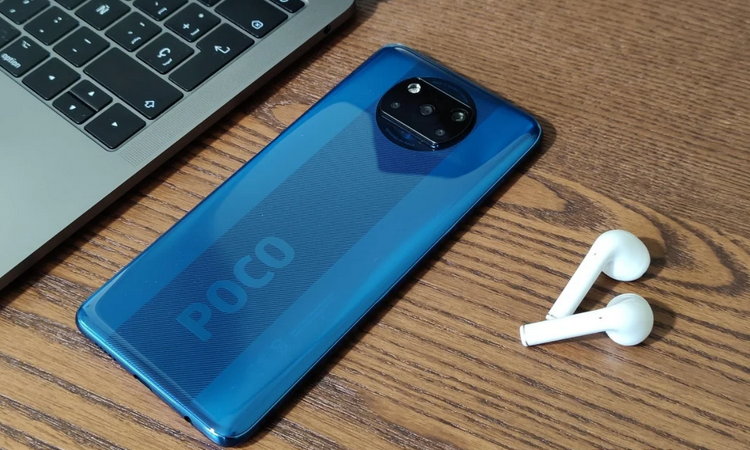
The POCO X3 is not a small terminal, but it has a reasonably well-used front that is manageable despite its large panel. In any case, we are talking about a smartphone that you will use with two hands on many occasions.
LITTLE, with all the letters and size, well, considerable. The model I have used has the Cobalt Blue finish, a striking blue that sometimes turns purple – I think I’m colorblind, and I have a problem with these things – and that will not leave you indifferent. At the bottom of the back is a detail the Chinese firm wants to make its presence clear.
The camera module rounded with a central part that stands out is also striking. Four cameras and an LED flash inhabit it, along with the well-known slogan “Designed by POCO.”
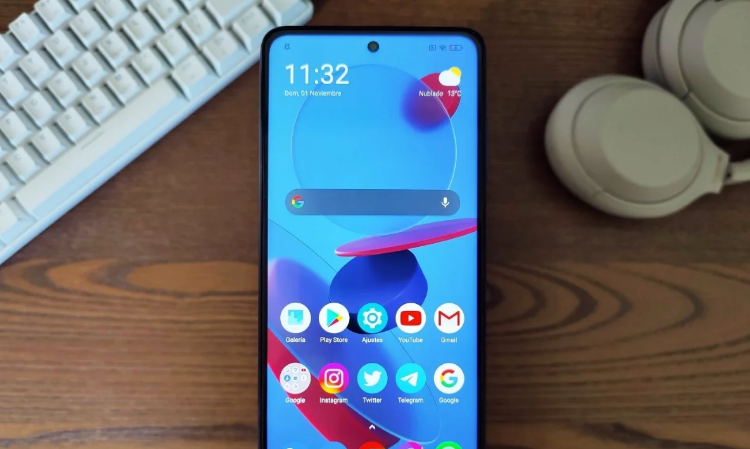
The Chinese terminal incorporates a 6.67-inch IPS panel and Full HD + resolution. So far, nothing surprising, the Android mid-range has found a good base above 6.5 inches, and both the IPS technology and those 1080 x 2400 pixels give rise to a satisfactory experience.
However, the panel of this POCO X3 does have a feature that makes a difference. Yes, it can be the most geek, nerdy, or whatever you want to call it, but the 120 Hz refresh rate makes the difference. It is pretty surprising to see this technology in a relatively inexpensive mobile, especially considering how much it respects its battery. I’ll talk about it later.
Beyond the fluidity provided by the 120 Hz, we find a good panel in which I have not missed brightness or resolution. Despite having IPS technology, it shows powerful colors, perhaps somewhat excessively saturated, but I have not disliked them. In any case, from the settings, you can modify some parameters and configure the colors to your liking. The viewing angles are also very correct, in line with what we usually see in rival terminals.
Autonomy
The 5,160 mAh battery that this POCO X3 incorporates sounds quite good, although we can doubt if we consider the 120 Hz rate of its panel. Regardless, there is no need to worry. The Chinese device has shown that you can enjoy a very high refresh rate and significant autonomy.
I have had no problem getting to the end of the day with this POCO X3. If you are not a very demanding user, you can reach two days of use with a single charge. All this, of course, with the 120 Hz of your screen activated. Lowering the refresh rate to 60 Hz will save battery life, but it was not necessary in my case.
It also enjoys a 33W fast charge, which has allowed me to go from 0% to 50% in less than 30 minutes. To fully charge the POCO terminal, you will have to wait about 1 hour and 20 minutes.
Performance
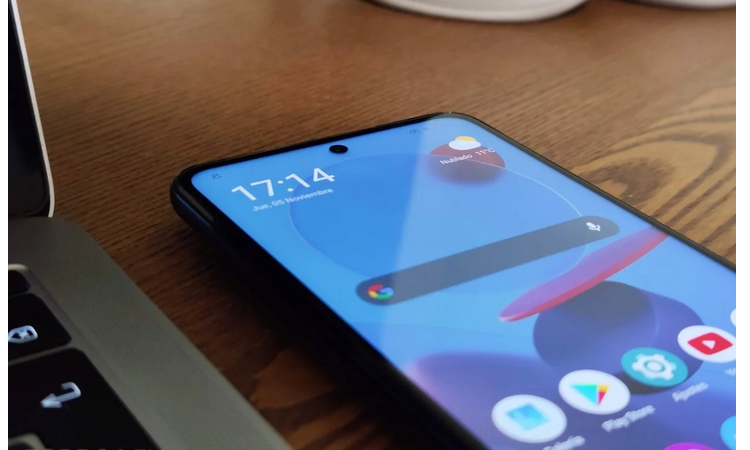
In the bowels of the POCO X3, we find the Qualcomm Snapdragon 732G. Another edition of the US firm’s “G” processors, chips designed to perform well with games. I have had the opportunity to test one of the most common, the Snapdragon 720G, several times with good results.
As usual, I have spent some time (working) with games like Call of Duty: Mobile or Genshin Impact to put the brain of this POCO to the test. The Qualcomm processor performs reasonably well; there is nothing to stop us from enjoying the games. However, as is logical in a terminal that costs just over 200 euros, we cannot expect the same ease as a high-end chip.
The 6 GB of RAM that includes its only version in our country is enough to manage loaded multitasking; there are no problems during day-to-day use.
These are the cameras of the POCO X3.
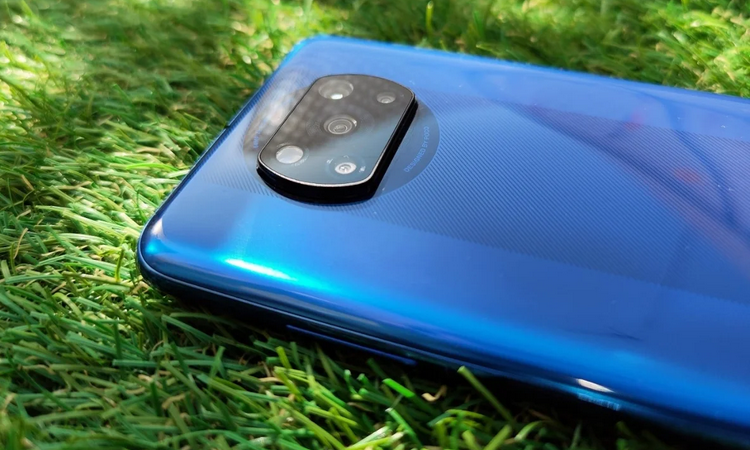
Those responsible for POCO have added four cameras to the rear of their X3:
- A primary sensor Sony IMX682 with 64 megapixels and f / 1.89 aperture.
- An ultra-wide-angle of 13 megapixels and aperture f / 2.2.
- A macro 2 megapixel and f / 2.4 crack.
- A 2-megapixel sensor for portrait mode, with f / 2.4 aperture.
In the hole in its front, we find a 20-megapixel sensor and f / 2.2.
Photography by day and portrait mode
When light is abundant, the photographs taken by this POCO X3 are good, in line with other similarly priced terminals. We find a realistic interpretation of the colors and correct results in most situations. Yes, there is a loss of quality in photographs with the wide-angle, in which the limits of the picture are even more affected.

Insufficient light, portrait mode maintains a good level of detail and colors close to reality. You won’t have too much trouble with trimming, as hair and accessories can always be a bit of a problem.
Night mode
When night falls, the night mode helps us to rescue a good amount of light. The POCO X3 can collect good photographs in which there is a sufficient level of detail and a correct interpretation of the colors. Nothing that we do not see in competitive terminals.
Things can get a bit more complicated with indoor shots or with too much artificial light. Both indoor, low-light photography and noise can complicate results.
Frontal camera
You will have the possibility to take good selfies with this POCO X3, they have sufficient quality, and I don’t think anyone can feel disappointed. You can also take pictures with portrait mode, which shows a pretty good crop.
In darker surroundings, or at night, the sharpness is noticeably reduced, and the photos’ level decreases considerably. We encountered more noise, nothing we couldn’t expect.
This is MIUI 12 in the POCO X3
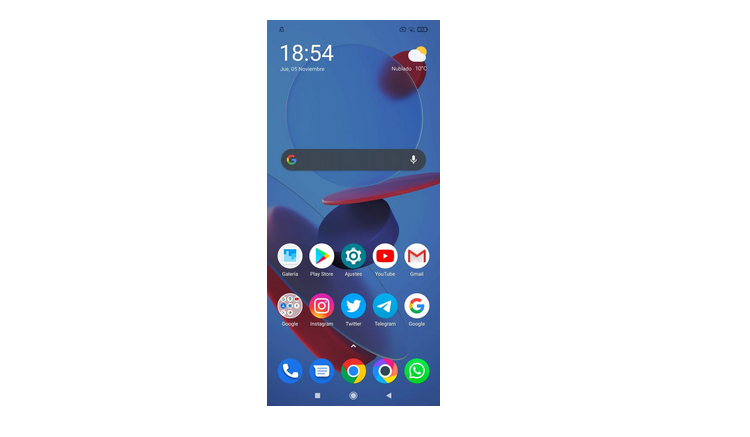
MIUI Xiaomi’s already veteran customization layer released its 12th version not long ago. It is a fluid layer – now it seems even more so with that 120 Hz – that works well and with which you will not have too many problems.
Android 10 offers the user a wide variety of customization options and a design that becomes more minimal with each new edition. Of course, in the middle of 2020, a dark theme could not be missing that would flood the entire system.
POCO X3: conclusions and opinion of Andro4all
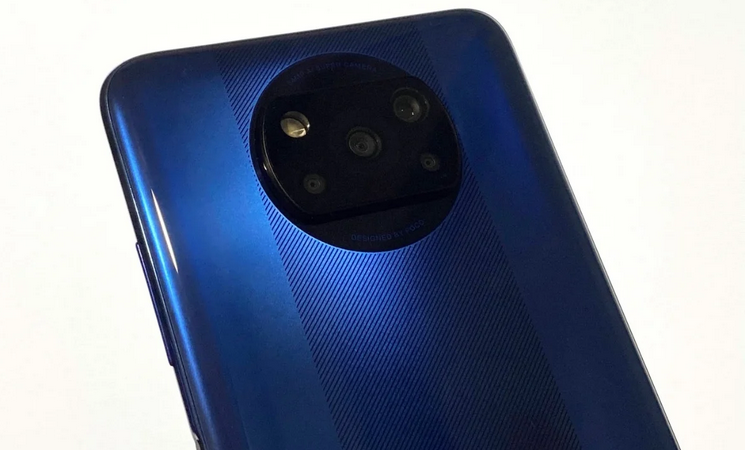
The POCO X3 is a pleasant device on a day-to-day basis, a balanced set that may not stand out excessively in any of its sections but more than meets all of them.
I think a good screen with those 120 Hz differentials, sufficient performance for most, significant autonomy, and a good set of cameras. All this for just over 200 euros. We usually say it with many of the launches of Xiaomi, Redmi, or POCO; it will be tough to compete with this device.
Price and where to buy the POCO X3
You can find the POCO X3 in two versions. To get the 6 GB of RAM and 64 GB of storage, you will have to pay an interesting 229 euros. The model with 6 GB of RAM and 128 GB of internal memory starts at 269 euros in the official Xiaomi store. However, you can already find it for a little less in stores like Amazon.
| POCO X3, opinion and note by Andro4all | |
| Should you buy the POCO X3? | |
| In favor |
|
| Against |
|
| Conclusions | The POCO X3 is a balanced terminal with a fluid screen, good performance, and sections that meet to position it as one of the best options in the Android mid-range. |
| Punctuation |
You can’t say no to 200 euros. |
Comparisons
We have published some comparisons between the POCO X3 and other terminals of the moment:

Sharlene Meriel is an avid gamer with a knack for technology. He has been writing about the latest technologies for the past 5 years. His contribution in technology journalism has been noteworthy. He is also a day trader with interest in the Forex market.














